3 Things Utilities Can Do to Prepare the Power Grid for More Electric Cars
EV Connect
APRIL 17, 2023
Can the power grid actually handle that many electric cars? The capacity is there, but to truly handle this new surge in EV grid demand, it will take planning on the part of utility companies across the U.S. grid produced in 2020. Can the Power Grid Handle the Growing EV Demand? of what the U.S.

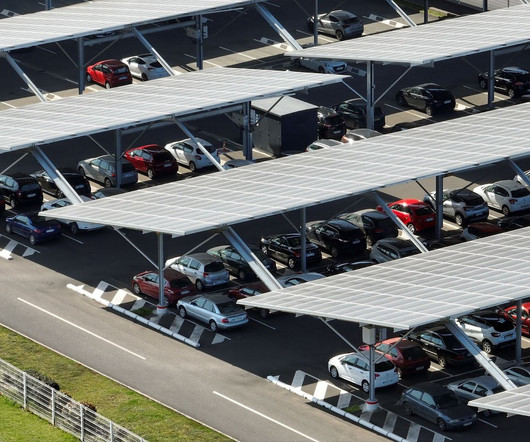
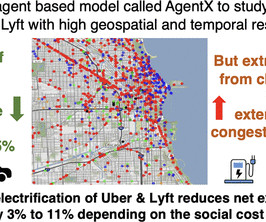

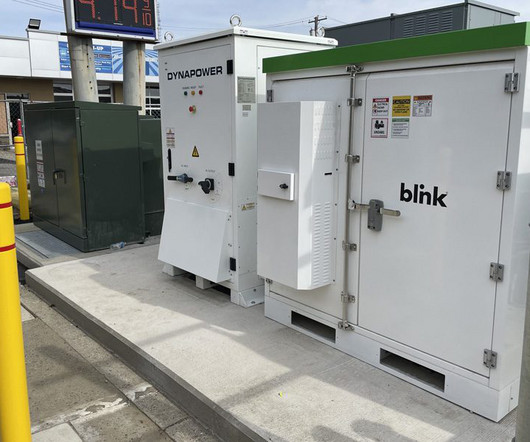





















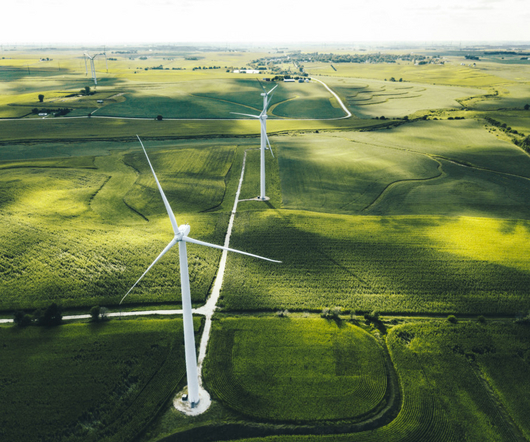




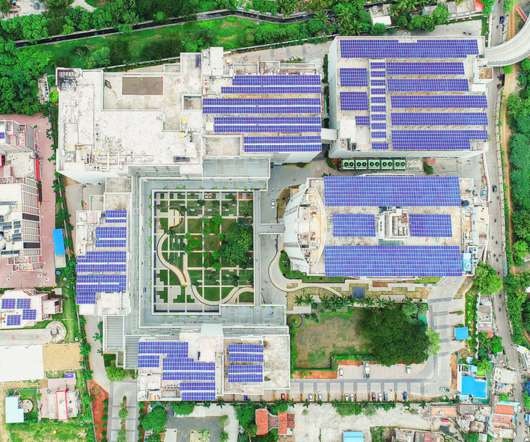
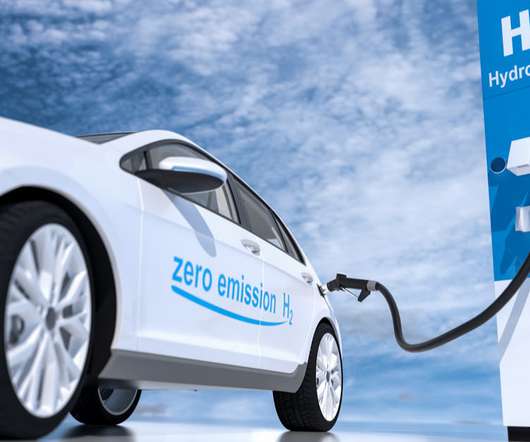









Let's personalize your content